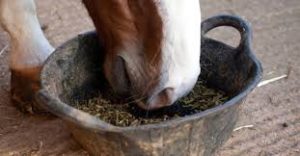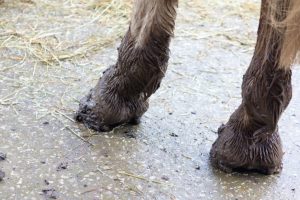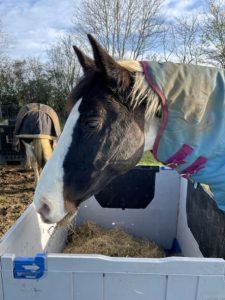Horses Temperature
Winter time is always very hard on us horse owners. Early mornings, late nights, feeling cold and wet, endless list of job to do and then there is watching the weather. Is it going to rain, snow, hail or be sunny and mild. It’s a never-ending battle of not knowing what is happening next.
 There is also the issue of caring for your horse during the ever-changing weather, which rug is best for your horse, how much hay and feed to give. There are endless posts on social media about over rugging, what to feed and how much. This can make winter time a mind field for stress for us
There is also the issue of caring for your horse during the ever-changing weather, which rug is best for your horse, how much hay and feed to give. There are endless posts on social media about over rugging, what to feed and how much. This can make winter time a mind field for stress for us
Did you know that a horse will feel cold when the air temperature falls below 0C and hot when it rises about 25C. This is his thermoneutral zone – within this range your horse can control his body temperature by simply opening and closing blood vessels in the skin to lose or retain heat.

Once the temperature drops horses need to find ways to warm themselves up, they do this by increasing their metabolic rate and seeking shelter. I always feel across my horse’s neck, withers and body to check how warm or cold they are.
Giving the correct amount of Feed
Horses adapt well to changes in temperature and use their food as a source of heating. Younger and older animals will need to use more energy to keep warm so we need to make sure we provide additional food. Horses that are thin or clipped will need to be rugged earlier than a horse with good body condition. Horses produce heat through digestion of fibre so they should have ad-lib access to good quality grass, hay or haylage. If the grazing is poor or covered in snow then additional feed will need to be introduced to compensate
Make sure fresh water is always available, this can be difficult in freezing weather but is essential. Dehydration can cause major problems and also raising the risk of colic.
 Living Quarters
Living Quarters
During the winter if your horse is inside due to wet or frozen conditions outside, keep an eye on their temperature. Horses often get colder when inside as they can’t move around as much, especially if the stable is made of brick or concrete.
If your horse lives out 24/7 ensure they have access to shelter whether that is man made or natural such as trees or thick hedge row. Your horse will always look for shelter on a cold windy day
Rugging your horse can be very confusing, which weight rug, with or without a neck etc. Don’t rug your horse based on how cold you feel. Make sure the rug is a good fit and always have a spare to hand should the rug get damaged.
If your horses are stood in snow or mud for prolonged amount of time their legs are not able to fully dry off. This can cause skin conditions. Ensure you check their legs regularly and hooves for signs of disease and infection.
I don’t think there is a right or wrong way to look after our horses. I treat all my horses as individuals this works well for me.
If you have any tips to make our lives easier then please contact us we would love to hear from you

